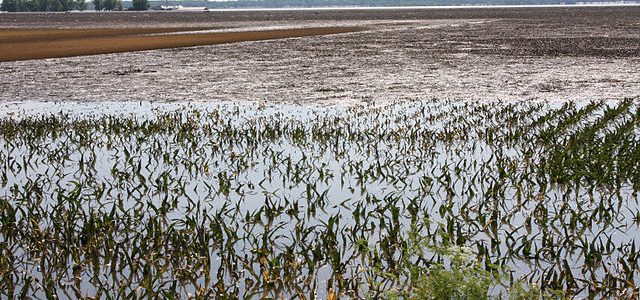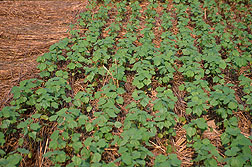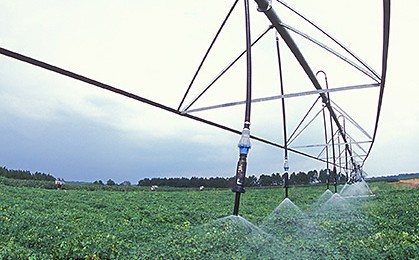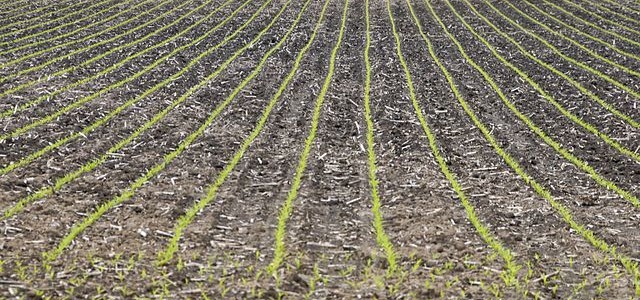Crops
-

Growing America has an interesting series of short videos on farmers across the country and their stories, which often include the negative impacts of bad weather on their farms. Here is a recent video from a turfgrass farmer in Alabama talking about dealing with adverse weather and the economy and how it has impacted their…
-

As climate changes, trends towards warmer temperatures and variable rainfall are expected to have impacts on crops and on crop diseases, including fungal diseases. Overall the earth is getting wetter, and those areas are particularly likely to feel the influences of higher humidity, although there are certainly areas that are getting drier too. This article…
-

Southeast Farm Press had an interesting story this week about how flooded fields early in the year can set up disease issues for corn later in the year. Considering how wet 2020 has been in a lot of the Southeast, especially in spring, we are certain to see some of these impacts this year. You…
-

In a story earlier this week by Clint Thompson, Southeast AgNet posted a story about how this year’s variable rainfall and temperature have caused problems for cotton farmers in Georgia. First, the ground was so wet from all of the rain that planting was delayed. More recently, dry conditions have caused problems for the growing…
-

In spite of all the rain parts of the Southeast have had this year, there are areas that are quite dry and where producers are having to irrigate. But irrigating where it is not needed wastes water and energy to pump, so you want to make sure you are watering appropriately. Here are a couple…
-

The freeze that occurred in early May damaged about 2 percent of the corn crop in North Carolina according to a report this week in the Southeast Farm Press. An additional 4 percent suffered some minor leaf burn but should grow out of it. Some of the worst-hit fields may have to be replanted. The…
-

The dry conditions we have experienced over the last couple of weeks is starting to put stress on some crops. According to a recent article in Southeast AgNet, while crop demands for water are lower earlier in the plants’ life cycles, they still do require water to develop. Producers are encouraged to irrigate to make…